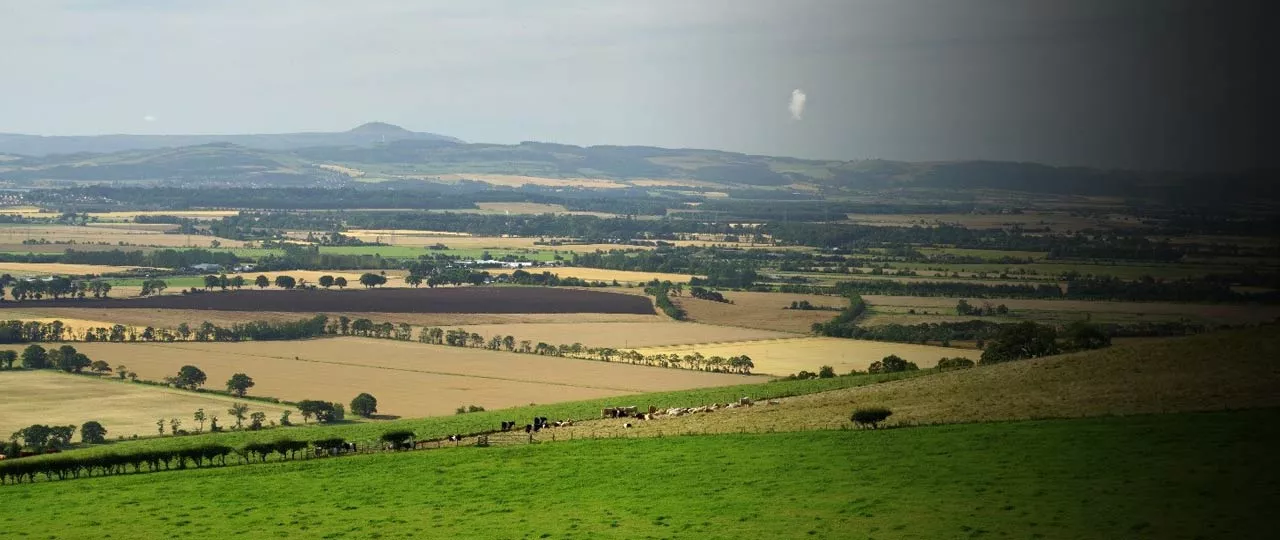
Robert McCulloch
Director – Head of Estates & Farm Agency


Director – Head of Estates & Farm Agency

Read the full Scottish Farmland Market Review Spring 2017
However, despite the challenges facing the farming industry, prices remained reasonably resilient and more than two-thirds of the land put on the market found a buyer, with the majority selling at or above its asking price.
The referendum did cause a number of sellers to refrain from entering the market and it is possible there will be a rise in supply during 2017 as a consequence of this. However, there was no evidence of deals falling through due to the ‘leave’ vote, suggesting that buyers continue to see farmland as a secure, long- term investment.
An emerging trend during 2016 was the level of attention that buyers are now paying to each and every one of a farm’s attributes, whereas previously they tended to focus on the quality of the land. With greater pressure on farm profits, and more stringent lending criteria now in play, buyers are showing a preference for farms which do not require substantial capital investment and offer them the greatest flexibility.
Factors such as the age and condition of fixed equipment, excluded properties situated within the boundaries of the farm, quality of access, the exclusion of Basic Payment Entitlements and the standard of the farmhouse all played a significant part in prices offered during 2016. As a result, the bare land value of two adjoining farms can differ significantly.
Looking forward, the market is expected to continue in much the same way in 2017, with localised demand creating large variations in land values throughout the country.
20% more land was marketed in 2016 than 2015, with the number of farms available for sale also increasing by 25%.
More farms came to the market in the 100-500 acre size bracket than in the previous year.
Supply of prime arable land (grade 2) remained restricted.
Retirement continues to be the key driver for sellers.
Around 70% of the farmland offered for sale in 2016 found a buyer.
Existing farmers remain the major buyer of farmland as they seek to increase the number and quality of acres they own.
There is strongest demand for prime arable land and equipped farms in excess of 300 acres.
Buyers are placing a greater focus on the combined attributes of the farm, over and above the bare land value.
Localised demand is creating large variations in land values. However, land in Scotland remains good value compared with elsewhere.
Most arable land sold for £4,000 - £8,000/acre, with less than 10% selling for more than £8,000/acre.
Most pasture land sold for £2,000 - £4,000/acre.
64% of farms sold at or above the asking price.